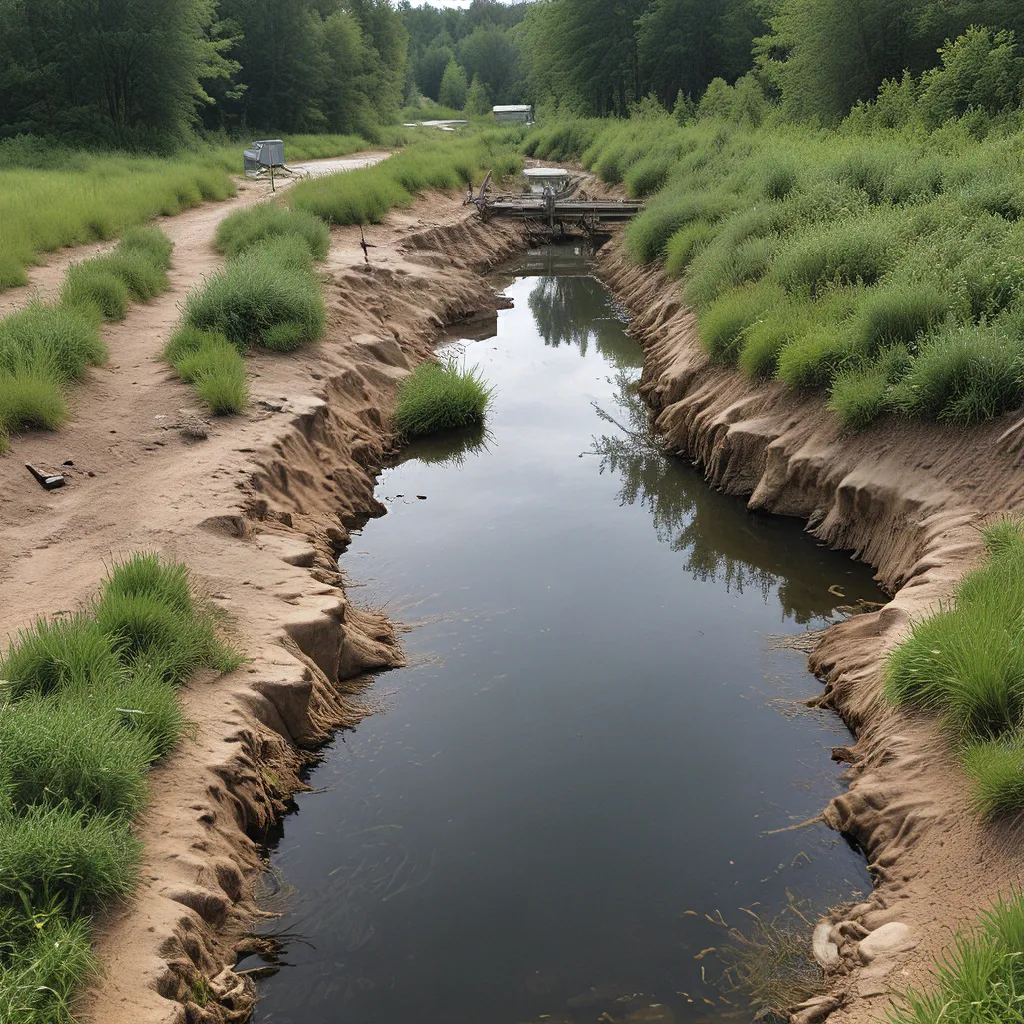
Uncovering the Vital Link Between Wastewater Management and Thriving Ecosystems
As someone who’s passionate about the environment, I’ve always been fascinated by the intricate relationship between human activities and the natural world. And when it comes to wastewater treatment, the connection is truly eye-opening. It’s not just about cleaning up dirty water – it’s about preserving the very foundations of our ecosystems and safeguarding the precious natural capital that sustains us all.
Think about it – our waterways, wetlands, and coastal habitats are the lifeblood of so many species, providing them with the resources they need to thrive. But when these delicate systems are disrupted by pollution, habitat loss, and unsustainable practices, the consequences can be devastating. That’s where wastewater treatment comes in as a crucial line of defense.
By effectively managing our wastewater, we don’t just protect water quality – we maintain the balance and resilience of entire ecosystems. It’s like building a sturdy bridge between human needs and environmental preservation. And let me tell you, it’s a challenge that requires a holistic, integrated approach.
Tackling the Multifaceted Challenges of Wastewater Management
Wastewater treatment isn’t just about collecting and processing dirty water. It’s a complex web of interconnected factors that span policy, technology, and environmental science. And as our world continues to evolve, the challenges only seem to grow more intricate.
Take the issue of nutrient pollution, for example. Excessive nutrients like nitrogen and phosphorus in our waterways can lead to a cascade of problems – from algal blooms that deplete oxygen to the contamination of drinking water sources. Addressing this requires a delicate balance of upgrading wastewater infrastructure, improving agricultural practices, and fostering cross-sector collaboration.
Then there’s the matter of water scarcity and sustainability. As populations grow and climate change disrupts traditional water cycles, the pressure on our finite water resources only intensifies. Wastewater treatment suddenly becomes a vital tool for water reuse and conservation, preserving this precious resource for generations to come.
And let’s not forget the impact on biodiversity and ecosystem services. Healthy, functioning ecosystems don’t just provide us with clean water and fertile soils – they also offer a wealth of other benefits, from flood control and climate regulation to recreational opportunities and cultural significance. By safeguarding these systems, wastewater treatment plays a crucial role in maintaining the natural capital that underpins our very existence.
Integrating Wastewater Management into the Bigger Picture
The more I dive into this topic, the more I realize that wastewater treatment isn’t just a standalone challenge – it’s a crucial component of a much larger, interconnected system. And to truly unlock its full potential, we need to start thinking about it in those broader terms.
That’s where concepts like natural capital and ecosystem-based management come into play. By recognizing the intrinsic value of our natural resources and the services they provide, we can start to shift the way we approach wastewater treatment – moving beyond a purely technical fix and towards a more holistic, integrated strategy.
At Alpha Wastewater, for example, we’re not just focused on the mechanics of wastewater processing – we’re actively working to restore and enhance the ecosystems that our work depends on. It’s about finding the sweet spot between human needs and environmental preservation, leveraging the latest technologies and scientific insights to create win-win solutions that benefit both people and the planet.
And the exciting part is that this approach isn’t just limited to wastewater treatment. It’s a mindset that can be applied across a wide range of sectors, from agriculture and forestry to urban planning and energy production. By recognizing the interconnectedness of our world and the vital role that natural capital plays, we can start to build a more sustainable, resilient future for all.
The Road Ahead: Challenges, Opportunities, and Emerging Trends
Of course, the path ahead isn’t without its challenges. As we grapple with climate change, population growth, and shifting societal demands, the pressures on our water systems and ecosystems only seem to be intensifying. And navigating this shifting landscape requires a willingness to adapt, innovate, and think outside the box.
But I’m encouraged by the emerging trends and innovations I’m seeing in the world of wastewater treatment and ecosystem management. From nature-based solutions that leverage the power of natural systems to advanced treatment technologies that push the boundaries of what’s possible, there’s a growing recognition that we need to do things differently.
And perhaps most importantly, I’m seeing a shift in mindset – a growing understanding that we’re all in this together, and that by working across disciplines and sectors, we can create truly transformative change. It’s about breaking down silos, fostering collaboration, and embracing the complexity of the challenges we face.
Because at the end of the day, the health of our ecosystems and the well-being of our communities are inextricably linked. And by safeguarding the natural capital that sustains us all, we’re not just preserving the environment – we’re securing a brighter, more resilient future for generations to come.
So let’s roll up our sleeves and get to work. The path ahead may be winding and uncertain, but with the right approach and a healthy dose of creative problem-solving, I know we can rise to the challenge. After all, the stakes are too high to do anything less.